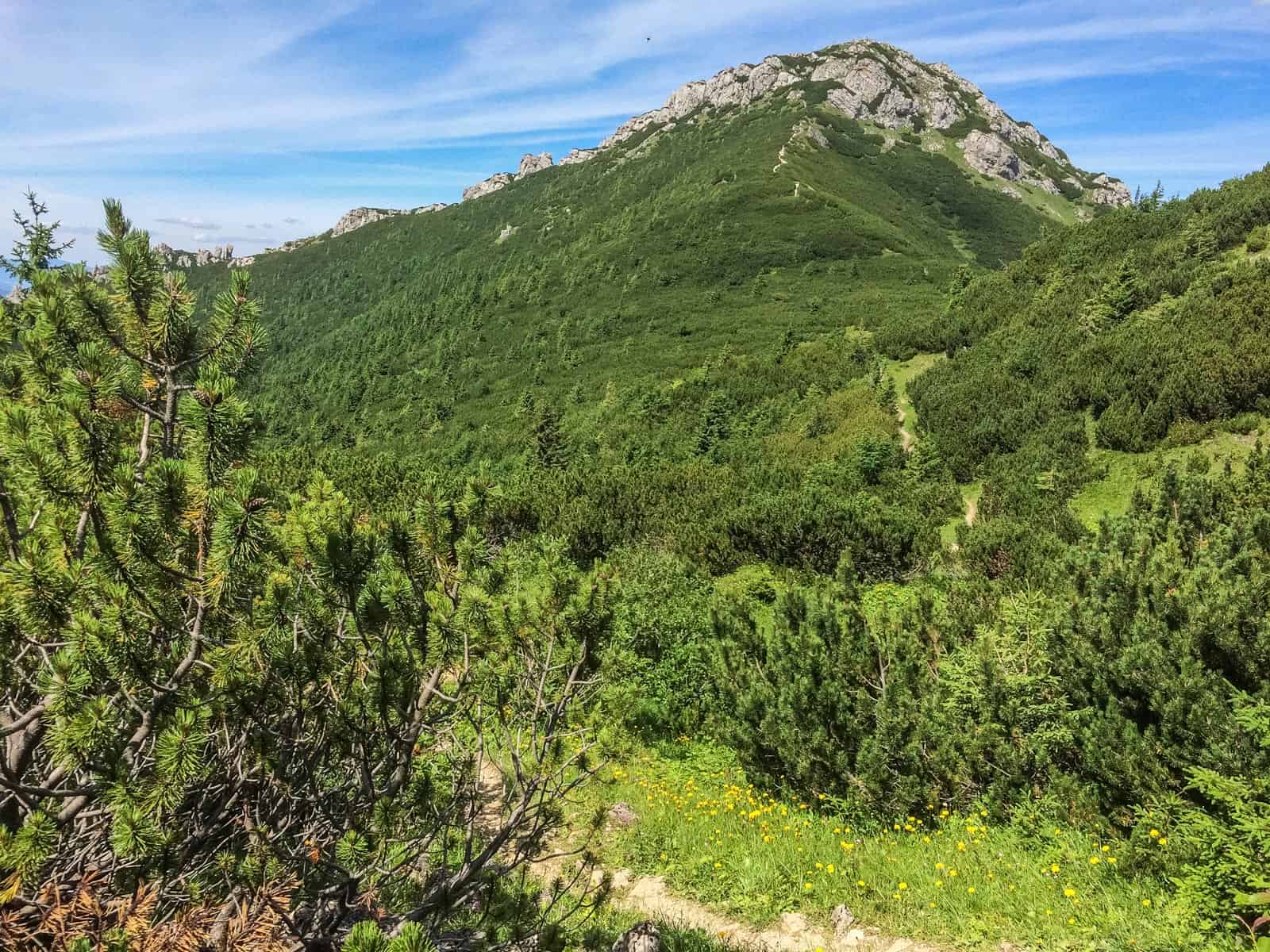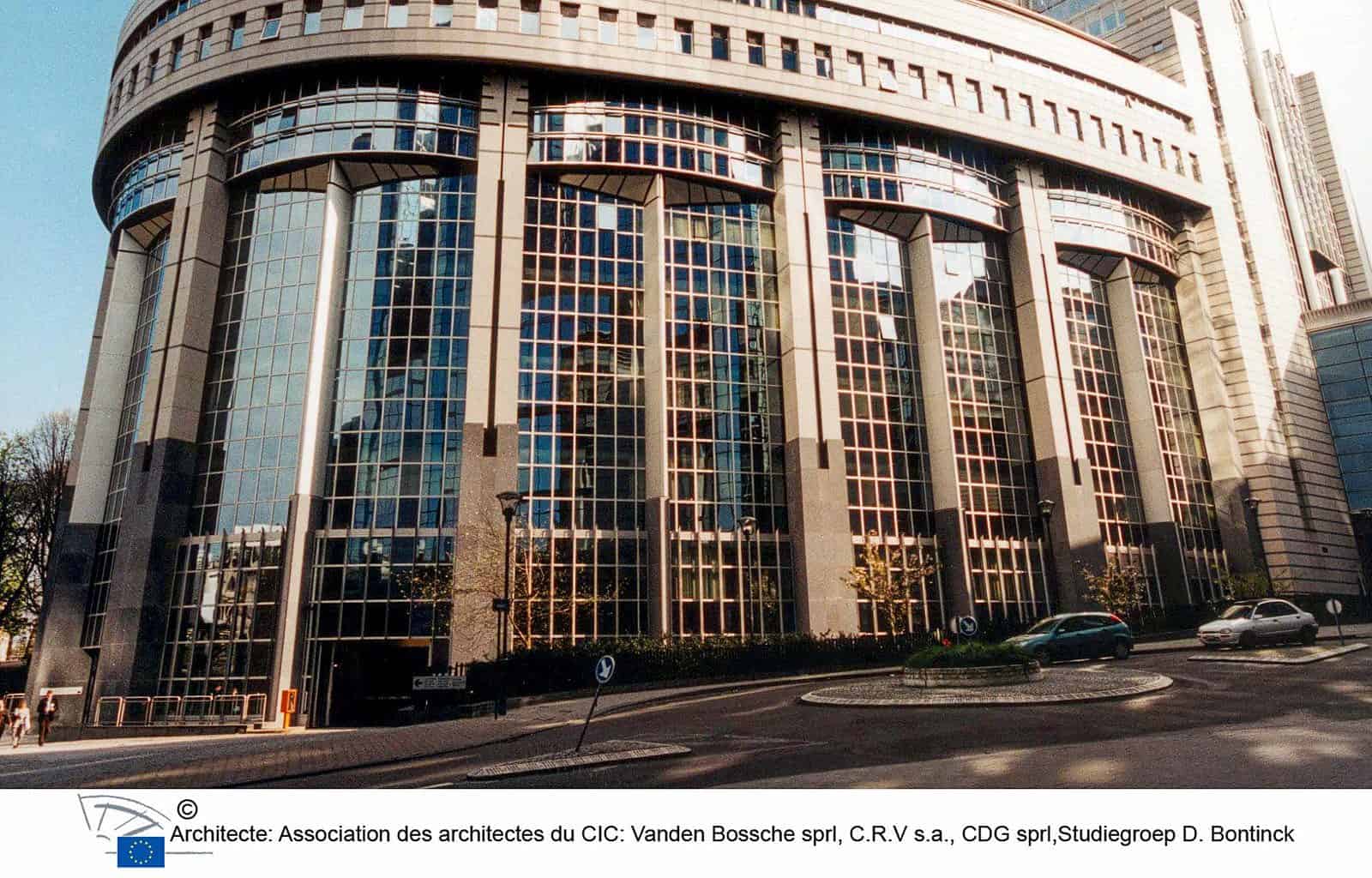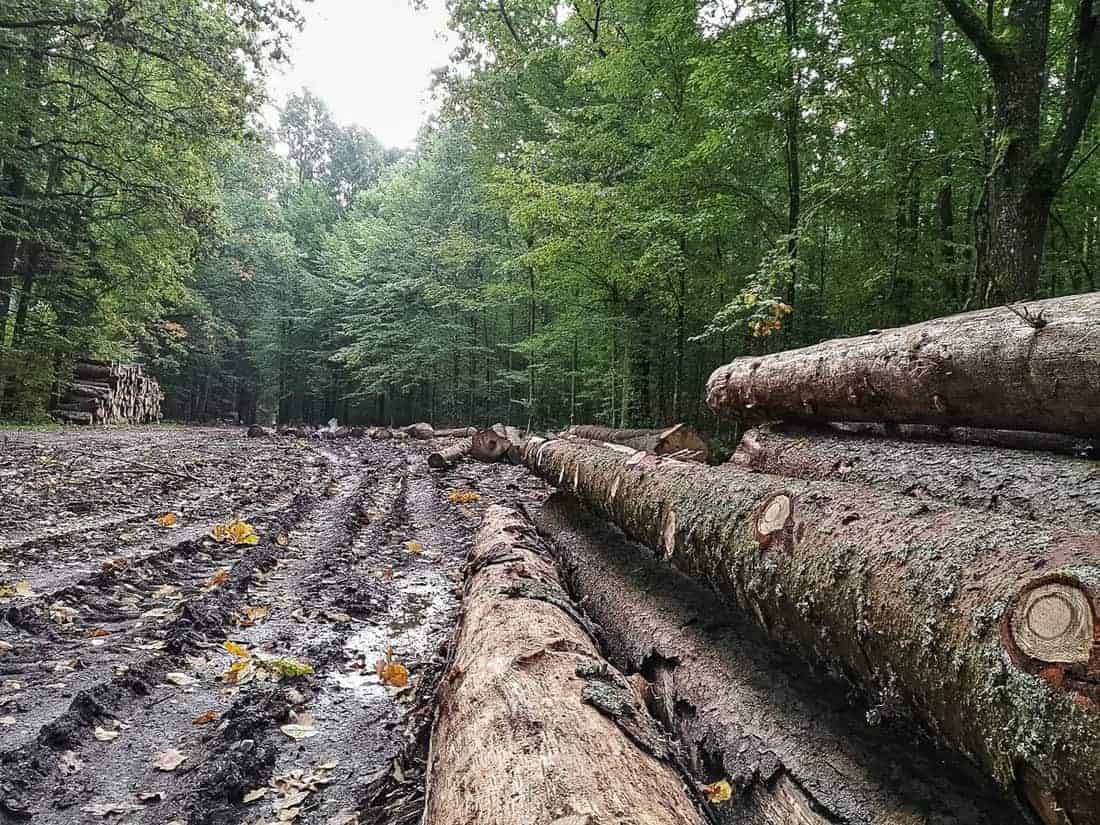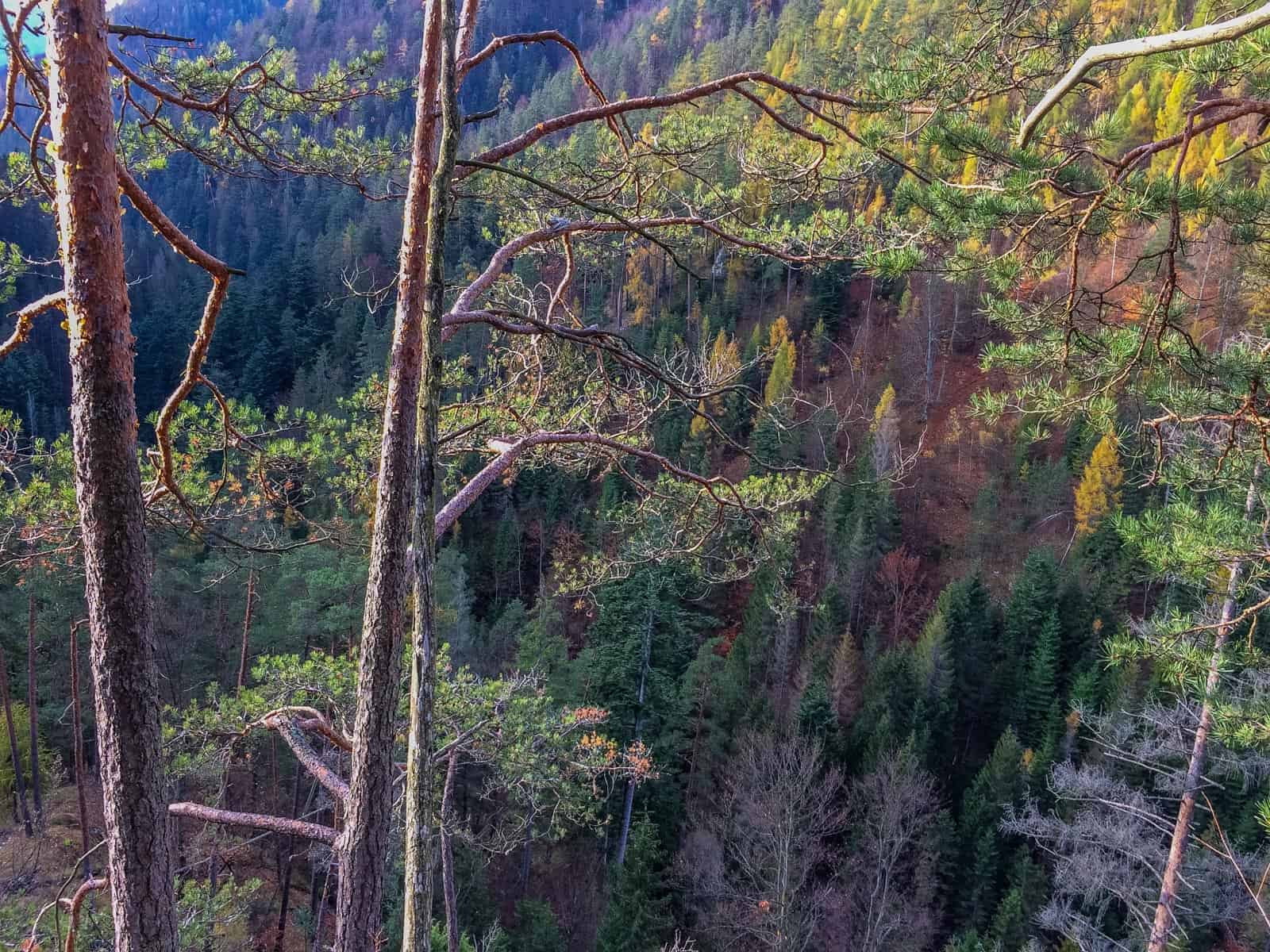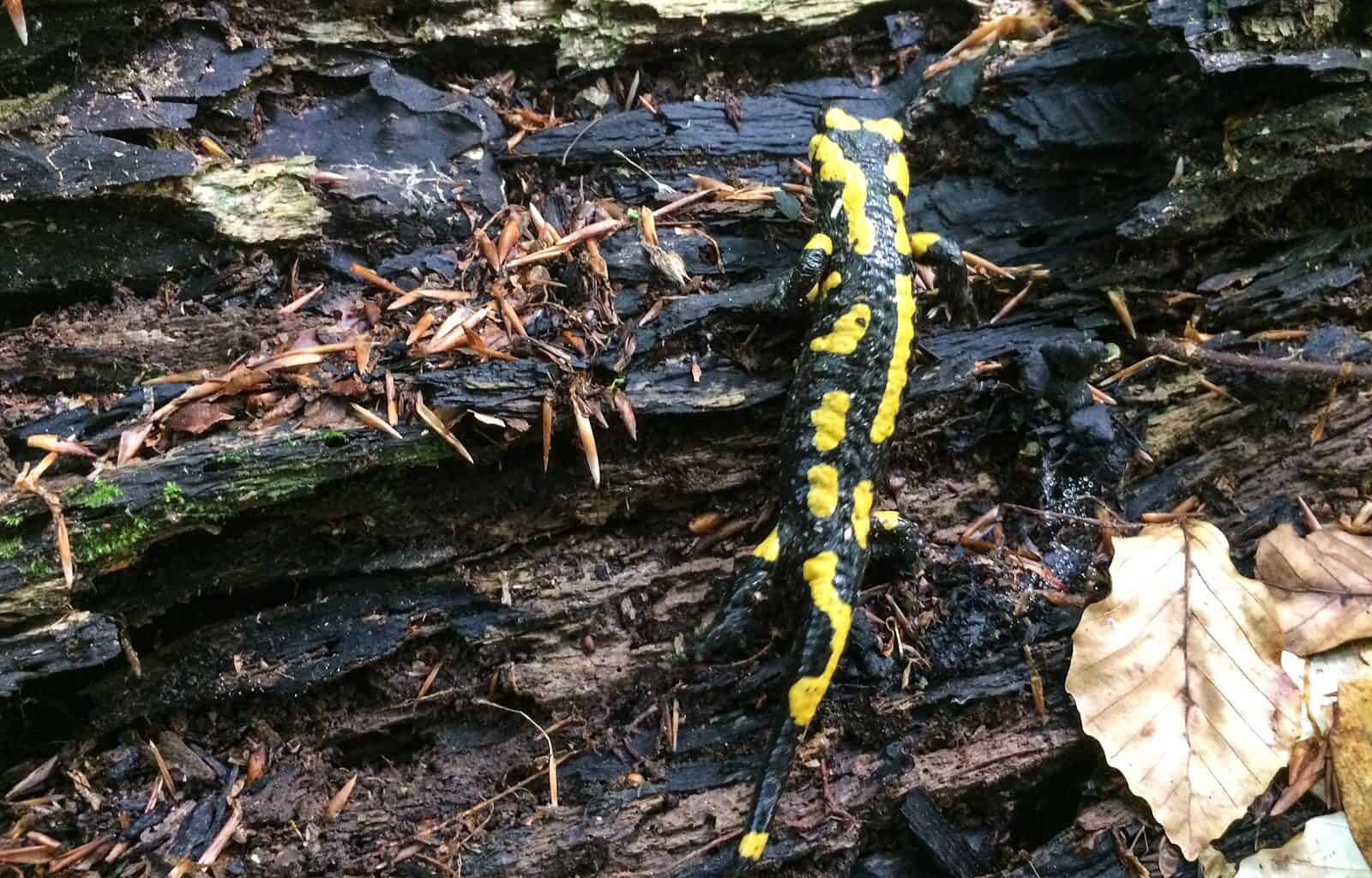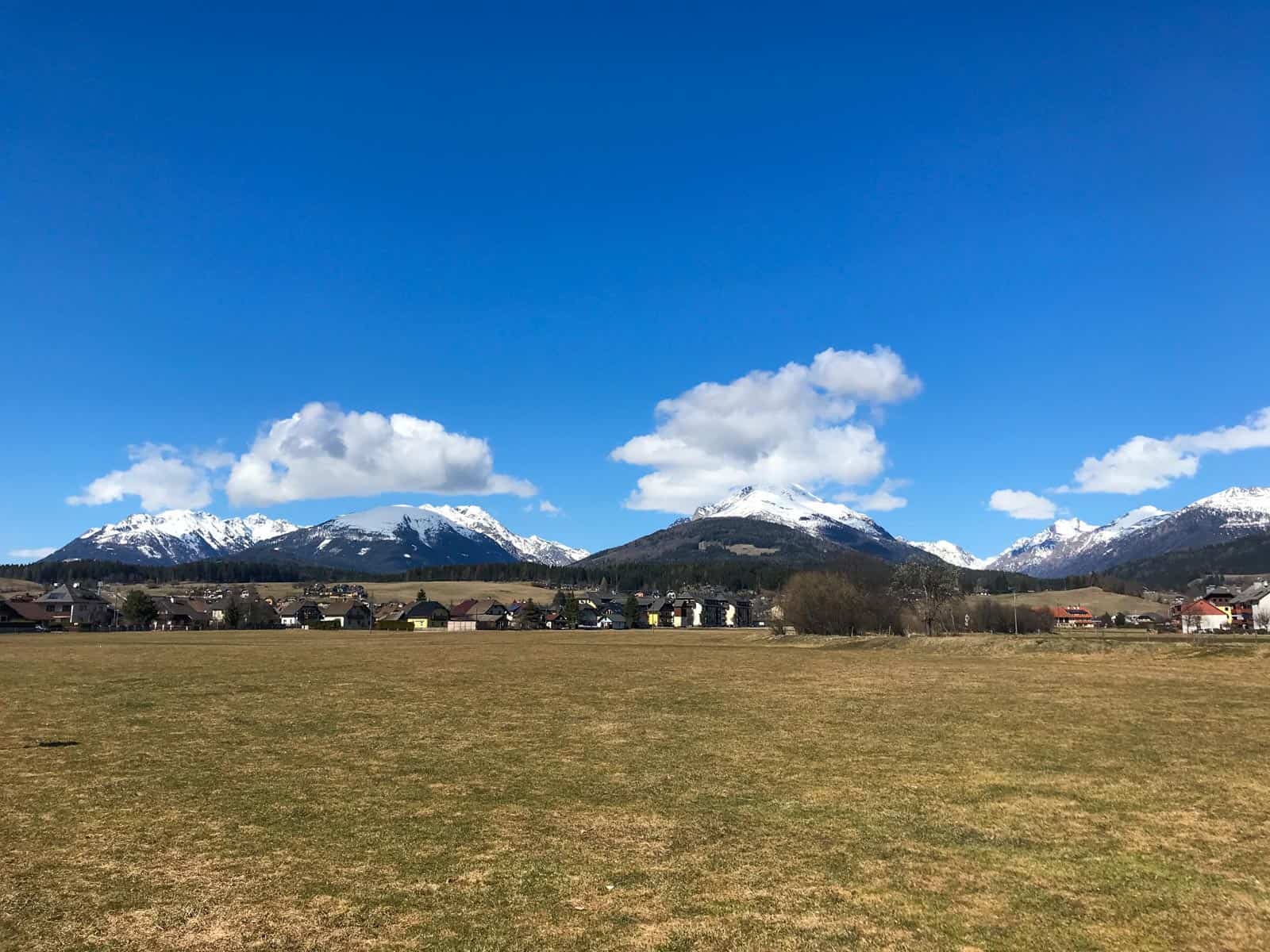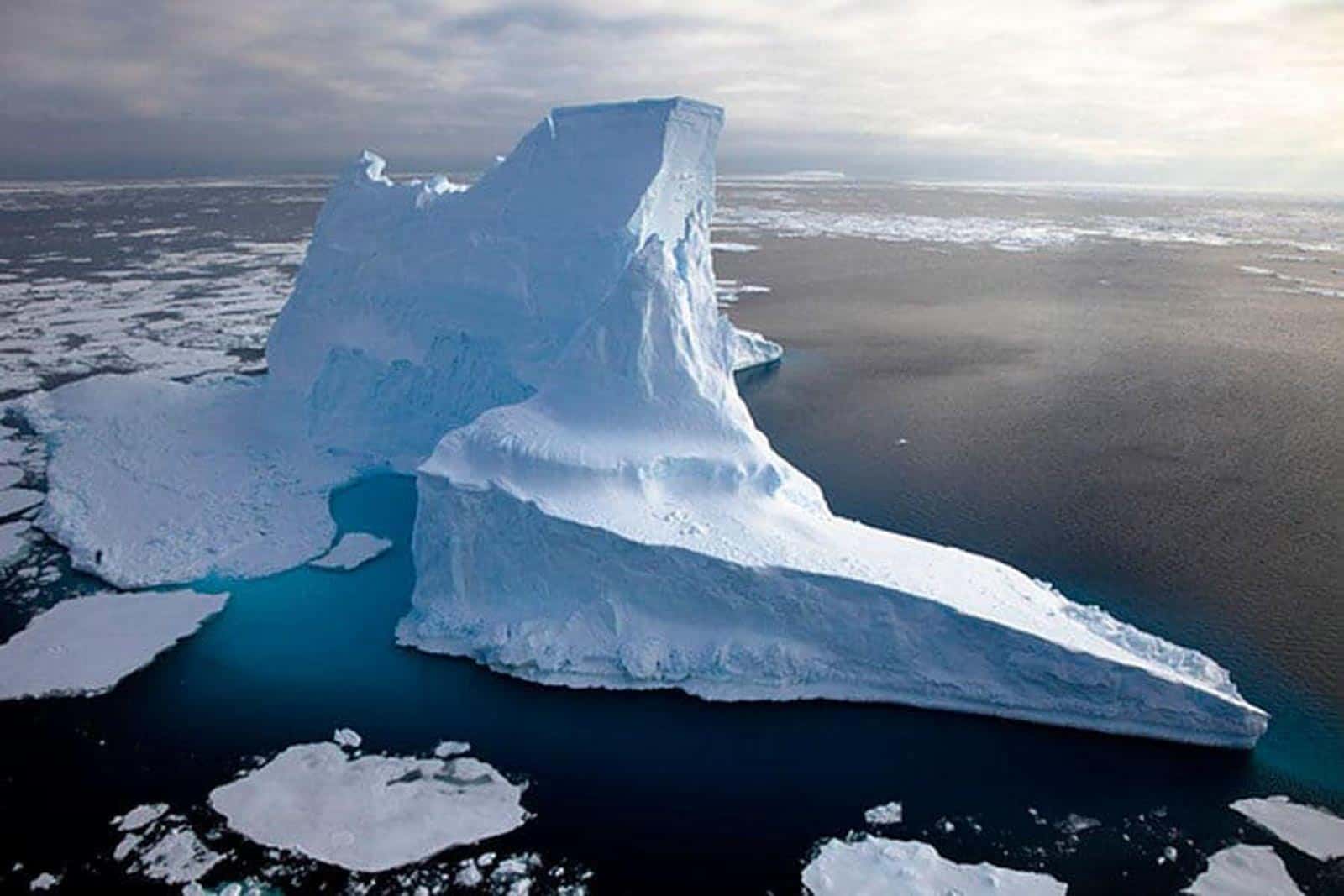Nature Outlook 2050: Four alternative scenarios for (Slovak) nature
A pilot study made by the Ministry of the Environment together with Slovak Environment Agency models the possible changes related to nature and biodiversity on a medium- and long-term perspective in Slovakia. Currently, there is a significant decline species abundance, in grasslands and wetlands, a trend of transition from coniferous to deciduous forests, increase of urbanisation not just in cities but even directly in protected areas, a loss of arable land.
It will be essential that nature conservation policies aiming to achieve the 2023 and 2050 goals are supported by the society. The four scenarios created by Slovak researchers explores how different focuses in nature protection can respond to different challenges. The study also explores the ‘business as usual’ scenario. This describes what will happen if no significant change will take place in the national legislation. To achieve sustainable development, the future legislation will need to bring transformation to the financial and economic sector and many industries. This transformation must lead to a closer connection between social and economic processes (such as food and environment security, urban and rural development, etc., technological innovations, sustainable use of ecosystem services) and natural processes.
Please also read: Slovakian Wilderness under threat
Four alternative perspectives for Slovakia
Based on last year´s reports, it is clear that the EU failed to reach multiple biodiversity objectives for 2020. To change the direction we are heading towards, we have to act quickly and develop transformational change. Last year also, Slovakia celebrated the 100th anniversary of state nature protection in the country. For this occasion, researchers have developed four alternative scenarios for Slovak nature up until 2050. These scenarios serve as alternatives to the baseline scenario, in which nothing would change. With this publication, Slovak researchers aimed to paint a picture on alternative paths and offer inspirations and sustainable solutions for the future biodiversity legislation in Slovakia, proceeding 2020. The document describes how the different perspectives affect society and institutions, demography, economy, agriculture and land use, forestry and water management.
Scenario 1: Traditions. Nature as a source of cultural identity.
In this scenario, traditions will be in the focus. The value for traditional living and cultural identity will be increasing. Local communities, farmers and civil associations will all contribute to bring back traditional landscapes. The landscape will be diverse. In addition to agricultural land, bankside vegetation, field groves, meadows, orchards, vineyards, stonewalls and traditional or newly built small architecture.
Scenario 2: Biodiversity. Return to wild nature.
In this perspective, wild nature is in the forefront of society. The intrinsic value of nature, without human disturbance is acknowledged society-wide. Legislation and development goals keep wild nature in their focus, and the landscape of Slovakia will greatly change. Healthy nature become the the priority on the EU and national levels.
Scenario 3: Economy. Nature within a free-market environment.
This scenario puts humans in the centre. Nature mostly becomes subject to our lifestyles and economic interests. The scope of nature protection depends on its economic value and is driven by market principles.
Scenario 4: Innovations.
This scenario prints a picture of the sustainable use of natural resources and ecosystem services. This will lead to a sustainable, green future, which treats innovation, research and sustainable production as the forefront of society.
Conclusions and visions for nature
For a sustainable future, it is important to explore the most important threats and challenges our society is facing. Each scenario addresses a specific challenge, summarised in the study:
- the natural challenge: the protection and enhancement of biodiversity as a fundamental prerequisite for the functioning of nature and thus society
- the economic challenge: sustainable use of the natural resources, ecosystem services, and the landscape by rationalizing production and consumption and transitioning into a circular economy
- the societal challenge: changing the development paradigm of the whole society, working together and the integration of various approaches and sectors.
Not only one or another scenario will provide the ultimate transformational change. Only an integrated solution to all major challenges can achieve long-term sustainable development. The scenarios outlined in the publication showcase possible pathways of development within and also outside Slovakia, and should be explored in terms of potential opportunities and risks they will bring to our society.

